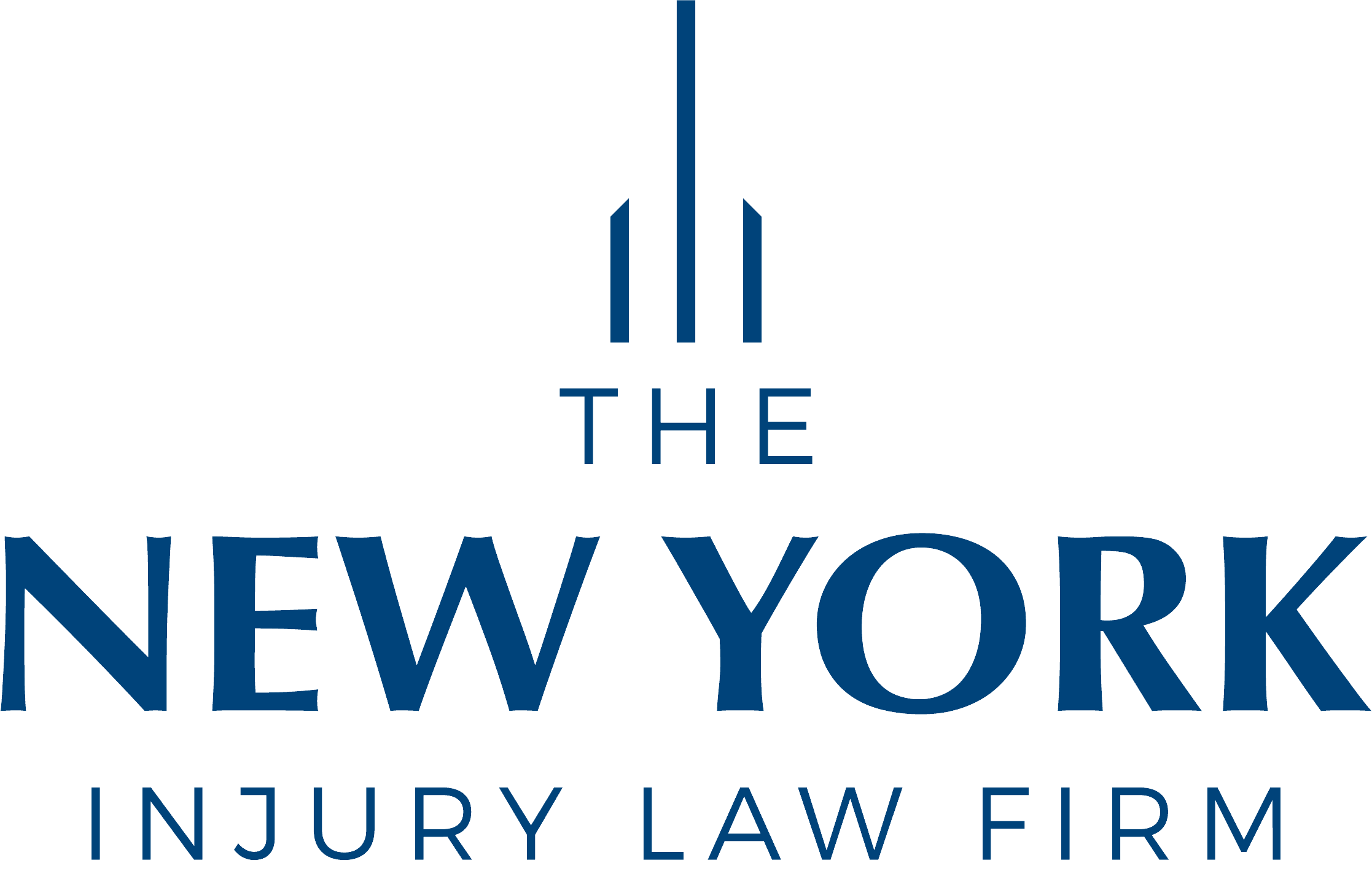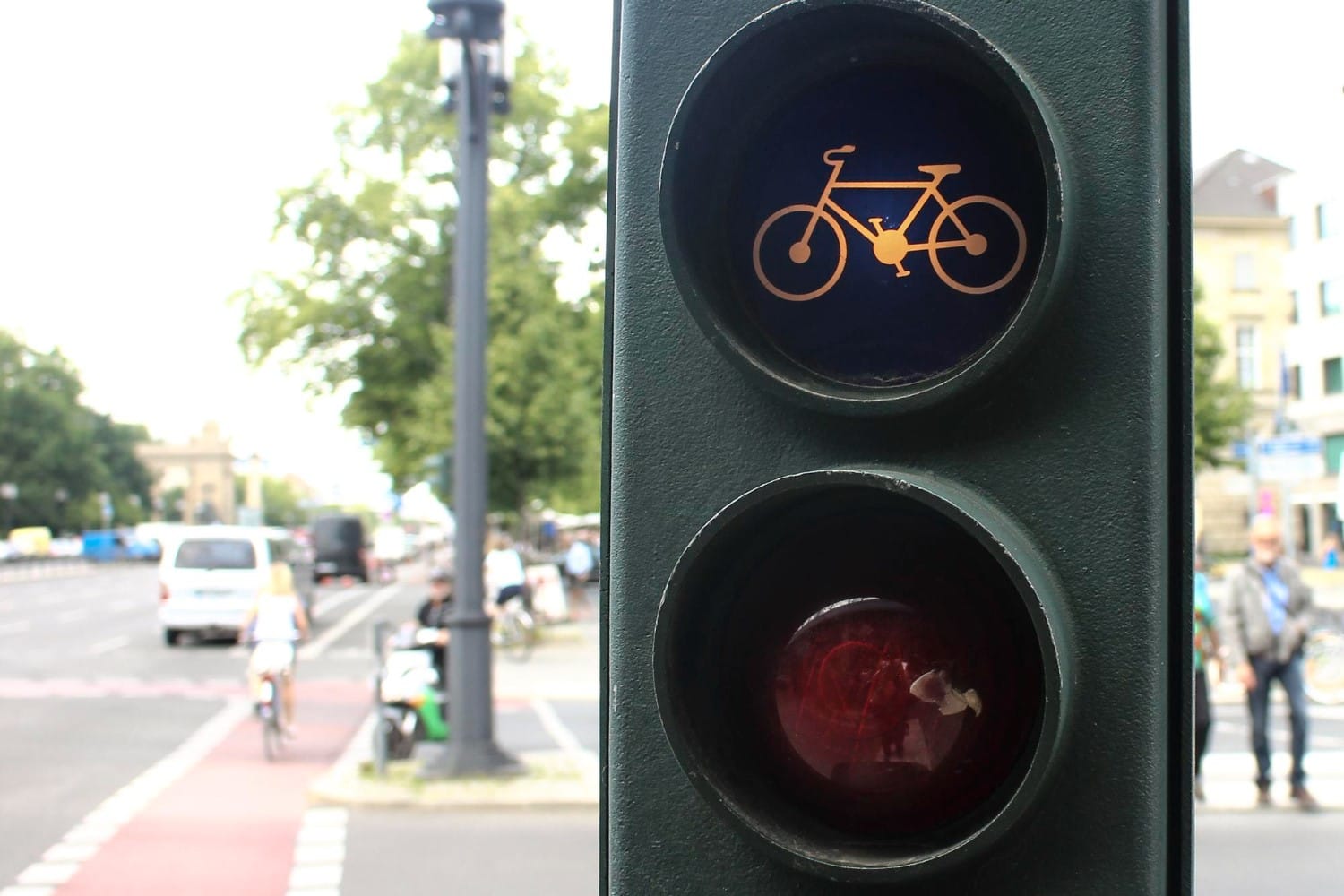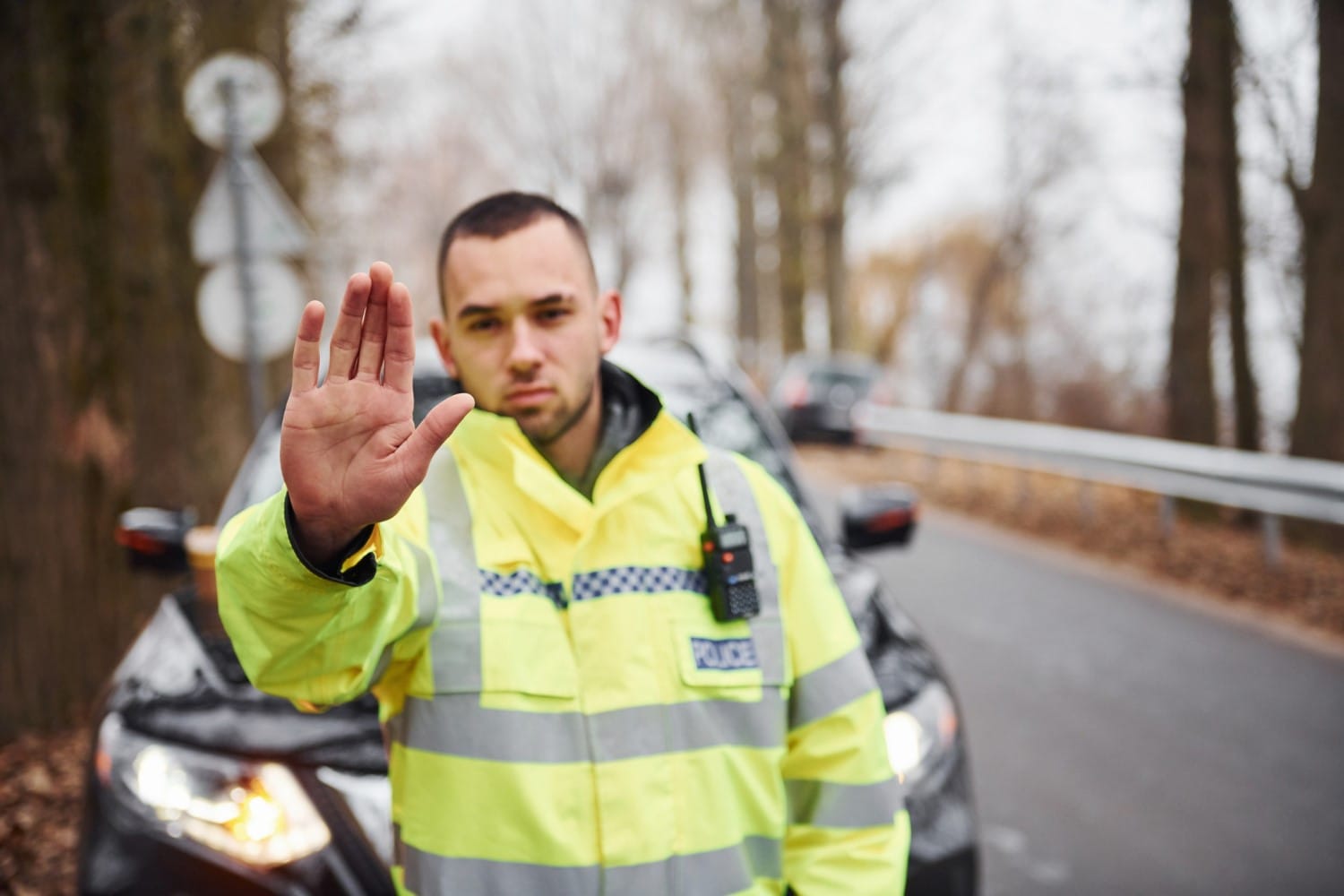Auto Accident Injury Law Firm in New York
Experienced Legal Representation for Vehicle and Traffic Law Cases in New York: Protecting Your Rights After an Auto Accident. 212-540-HURTFREE CONSULTATION
If you are involved in an automobile crash or accident, it is crucial to hire a law firm that has vast experience with handling car crash cases. No matter how big or small, The New York Injury Law Firm, PLLC has vast experience handling these claims.
Vehicle and Traffic Law (VTL) governs how vehicles operate on the roads, ensuring safety for everyone—from drivers to pedestrians to cyclists. When it comes to personal injury cases resulting from motor vehicle accidents, understanding the intricacies of vehicle and traffic laws is crucial for both accident victims and those seeking legal representation. This comprehensive guide provides an overview of key aspects of VTL, particularly focusing on how these laws apply to personal injury cases and what victims should know when seeking compensation.
What is Vehicle and Traffic Law?
Vehicle and Traffic Law (VTL) refers to the body of laws that regulate the operation of motor vehicles and other forms of transportation on public roads. In New York, the VTL encompasses rules for licensing, vehicle registration, the operation of motor vehicles, and the responsibilities of drivers, passengers, pedestrians, and cyclists. The overarching goal of VTL is to reduce accidents, minimize harm, and maintain order on the roadways.
VTL is divided into several sections, addressing topics such as:
- Traffic Control Devices (Stop signs, traffic lights, etc.)
- Speed Limits
- DUI/DWI Laws
- Driver’s License and Registration Requirements
- Pedestrian and Bicycle Rights
- Insurance Requirements
- Rules for Vehicle Operation (Turning, passing, lane changes, etc.)
For those involved in motor vehicle accidents, understanding VTL is important because violations of these laws are often central to determining fault and liability. For example, a driver who runs a red light or exceeds the speed limit may be considered “negligent” and held responsible for any injuries or damages caused by their actions.
Key Components of Vehicle and Traffic Law Relevant to Personal Injury Cases
Negligence and Fault in Vehicle Accidents
In personal injury law, negligence refers to the failure to exercise reasonable care, which leads to injury or harm. Vehicle and traffic laws set the standard for what constitutes reasonable care on the road. For example, every driver must obey traffic signals, drive within speed limits, and maintain a safe distance from other vehicles. If a driver violates these rules, and an accident occurs as a result, they may be considered “negligent” under VTL.
Negligence can take many forms in a motor vehicle accident, including:
- Speeding: Exceeding posted speed limits or driving too fast for road conditions is a common form of negligence. Speeding reduces a driver’s ability to react to sudden obstacles or changes in traffic patterns.
- Running Red Lights or Stop Signs: Disregarding traffic signals or failing to stop at stop signs is one of the leading causes of accidents. Drivers who run a red light or fail to yield may be liable for accidents that result from their failure to obey the law.
- Reckless Driving: This includes dangerous driving behaviors such as tailgating, aggressive lane changes, or weaving in and out of traffic. Reckless driving endangers not just the driver, but everyone around them.
- Driving Under the Influence (DUI/DWI): Driving under the influence of alcohol or drugs is not only illegal but highly dangerous. Impaired drivers have slowed reflexes, poor decision-making, and diminished judgment, increasing the likelihood of accidents.
In cases where a driver’s negligence can be established under VTL, the injured party can seek compensation for their medical expenses, lost wages, pain and suffering, and other damages.
Comparative Fault in New York
New York is a comparative negligence state, which means that the degree of fault can be divided between the parties involved in the accident. If you are involved in an accident, you can still recover damages even if you were partially at fault—though your compensation may be reduced based on the percentage of your fault.
For example, if you were injured in an accident where you were speeding but the other driver failed to yield at a stop sign, a court might find that both drivers share some degree of fault. If you are found 20% responsible for the accident, your compensation would be reduced by 20%.
Insurance Requirements and No-Fault Insurance
In New York, the state operates under a No-Fault Insurance system, which means that regardless of who caused the accident, each driver’s own insurance company covers their medical expenses and certain other damages (like lost wages) up to a set limit. This system is designed to reduce the need for lawsuits and help ensure that injured individuals receive prompt compensation for their immediate medical needs.
However, No-Fault Insurance does not cover everything. For instance:
- Serious Injury Threshold: In New York, if an accident results in a “serious injury” (defined by law), the injured person can step outside the No-Fault system and sue the at-fault driver for additional compensation. Serious injuries may include broken bones, disfigurement, permanent loss of use of a body part, significant limitation of use of a body function, and death.
- Property Damage: No-Fault Insurance only covers medical expenses and lost wages; it does not cover damage to your vehicle or other property. For property damage, you would need to file a claim with the at-fault driver’s insurance company or, if you’re the at-fault driver, your own liability coverage.
- Underinsured and Uninsured Motorists: If you are involved in an accident with someone who doesn’t have insurance or lacks sufficient coverage to pay for your injuries, you may be able to file a claim with your own insurance company under your uninsured motorist (UM) or underinsured motorist (UIM) coverage.
4. Speed Limits and Traffic Signals
Speed limits and traffic signals are foundational elements of VTL. Drivers must follow posted speed limits, which are set based on the type of road and area, and they must also obey traffic lights and signs. Failure to do so is considered a violation of VTL and may be grounds for a personal injury lawsuit.
- Speed Limits: Speeding is one of the most common causes of accidents, and it is taken very seriously under VTL. In general, speeding limits vary depending on the area (e.g., school zones, residential areas, highways). Exceeding the speed limit may increase the severity of an accident and can be used as evidence of negligence.
- Red Lights and Stop Signs: Running a red light or failing to stop at a stop sign is a clear violation of traffic law and a major cause of accidents, particularly at intersections. Drivers must always stop and wait for a green light before proceeding.
Common Types of Vehicle and Traffic Violations That Can Lead to Personal Injury Claims
- Running a Red Light: Disregarding a red light at an intersection, leading to a collision.
- Failing to Yield the Right of Way: For example, a driver who fails to yield when turning left or merges into traffic improperly.
- Reckless Driving: Including dangerous maneuvers like weaving through traffic or tailgating.
- Driving Under the Influence (DUI/DWI): Alcohol or drug impairment leading to accidents.
- Distracted Driving: Using a mobile phone, eating, or engaging in other distractions that lead to accidents.
- Speeding: Driving above the speed limit, making it harder to stop or react to sudden changes.
- Failure to Obey Traffic Signs and Signals: Not following stop signs, speed limits, or other posted traffic rules.
How a Personal Injury Lawyer Can Help You with Your Vehicle and Traffic Law Case
If you’ve been injured in a car accident or another type of vehicle-related incident, understanding the applicable vehicle and traffic laws is essential for pursuing a successful personal injury claim. A personal injury lawyer can assist you in several ways:
Investigating the Accident
Gathering evidence such as police reports, witness statements, and accident reconstruction to establish fault.
Dealing with Insurance Companies
Handling communication with insurance companies and negotiating settlements on your behalf.
Filing a Lawsuit
If necessary, filing a lawsuit and representing you in court to seek fair compensation for your injuries.
Determining Damages
Helping you calculate the full extent of your damages, including medical bills, lost wages, pain and suffering, and future medical care.
Contact an Experienced Personal Injury Lawyer
If you or a loved one has been injured in a vehicle accident and you believe that a traffic law violation was involved, it is essential to contact a skilled personal injury lawyer as soon as possible. An attorney experienced in vehicle and traffic law can help ensure that your rights are protected and that you receive the compensation you deserve for your injuries. Time is of the essence, especially in cases involving complex legal issues or multiple parties.
Reach out today for a free consultation to discuss your case and learn more about how we can help you navigate the legal complexities of vehicle and traffic law.
Other Types of Personal Injury Cases Can We Assist You With?
Premises Liability
Slip and Fall Accidents · Trip and Fall Accidents · Snow and Ice Accidents · Uneven/Unlevel Sidewalk Accidents · Tree Root Lifting Sidewalk Accidents · Fall on Debris/Garbage Accidents · Optical Confusion Fall Accidents · Missing Pavement/Brick Accidents · Negligent Security · Fight Cases · Dog Bite Cases · Elevator Accidents · Escalator Accidents · Stair Collapse Accidents · Ceiling Collapse Accidents · Defective Stairways Accidents · Fire and Safety Building Code Violations · Supermarket Accidents




